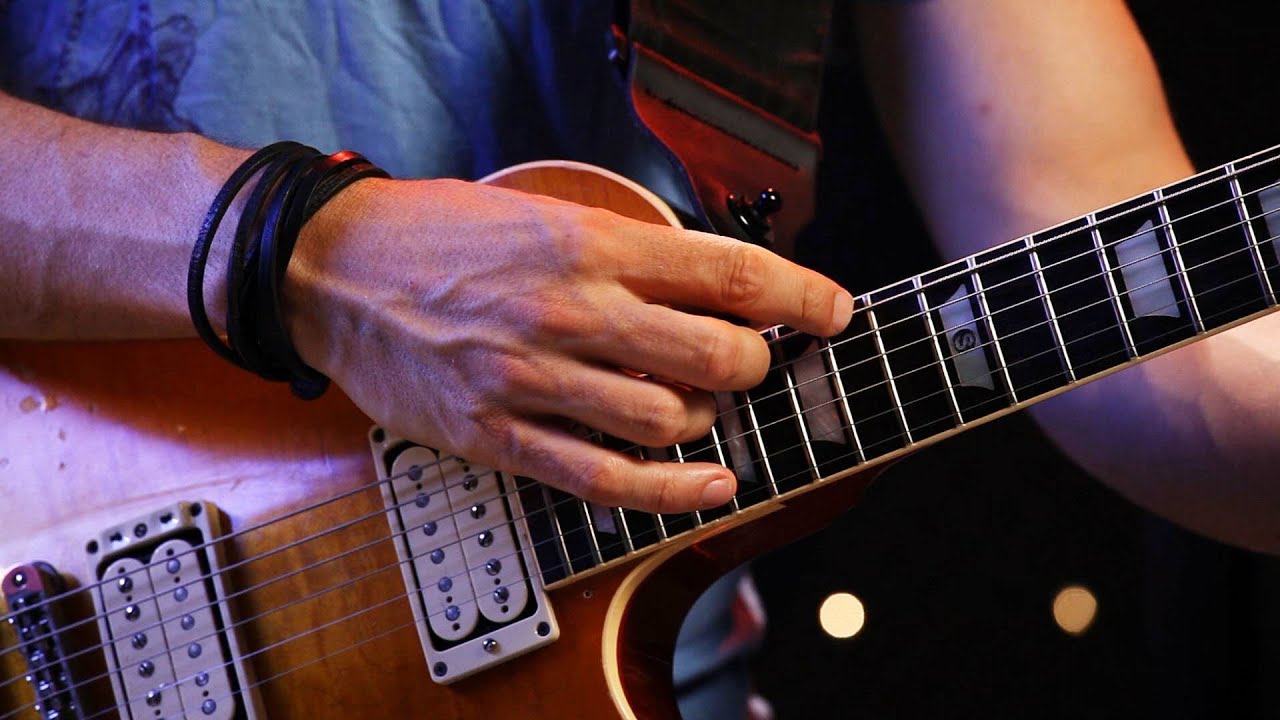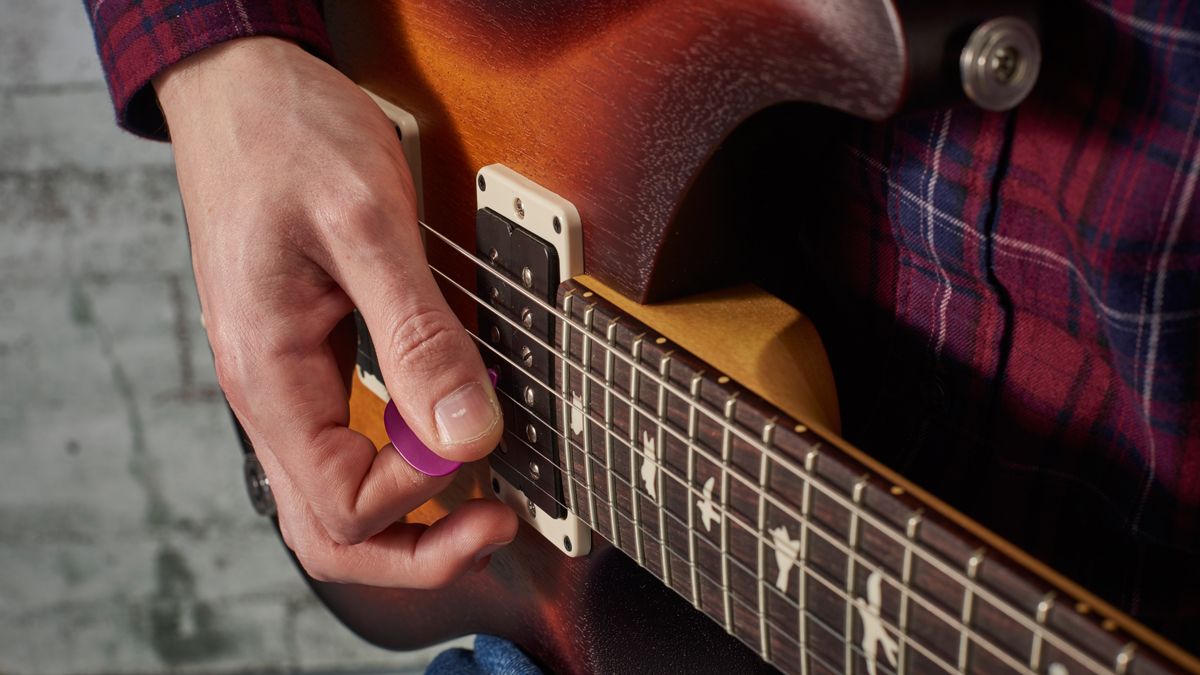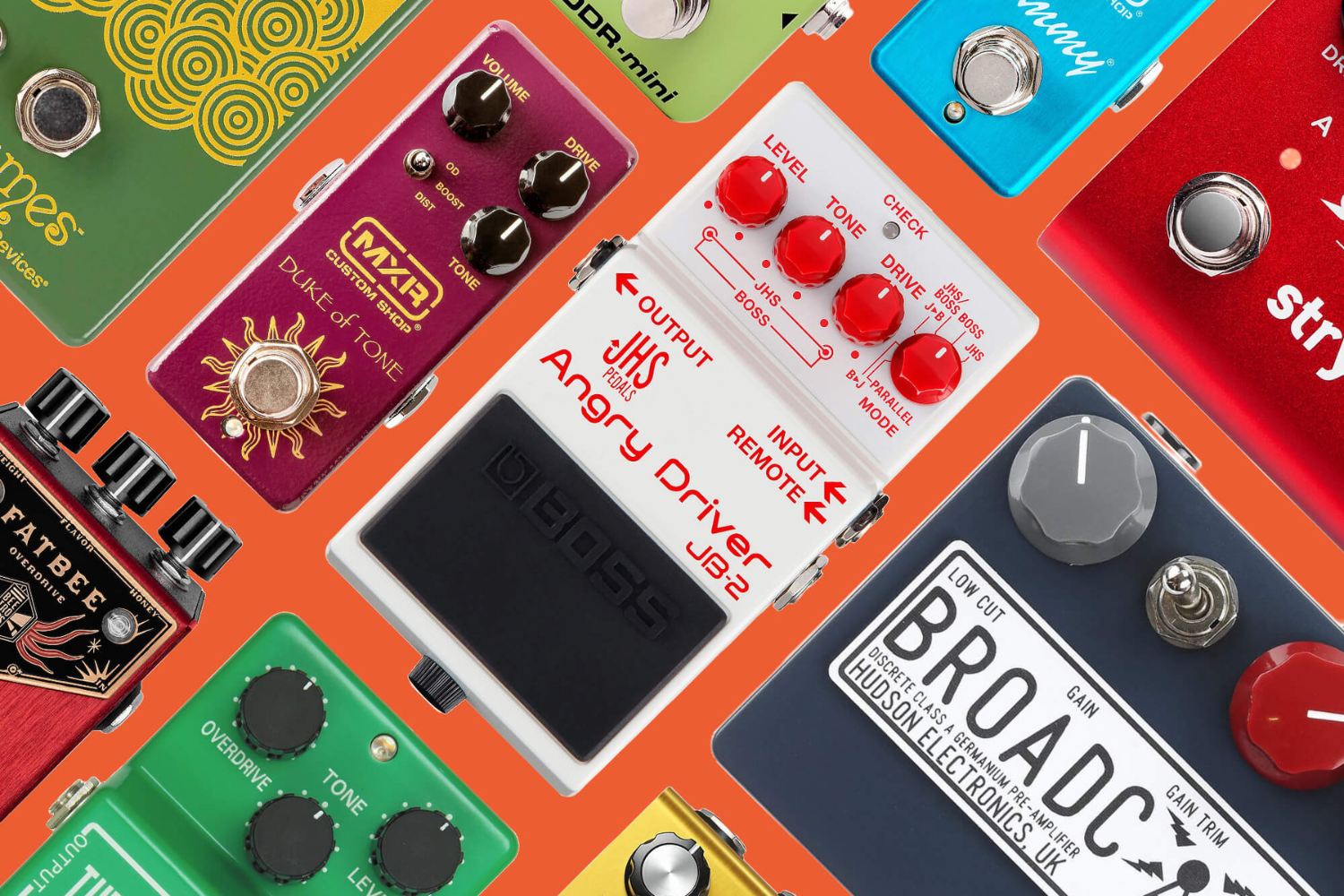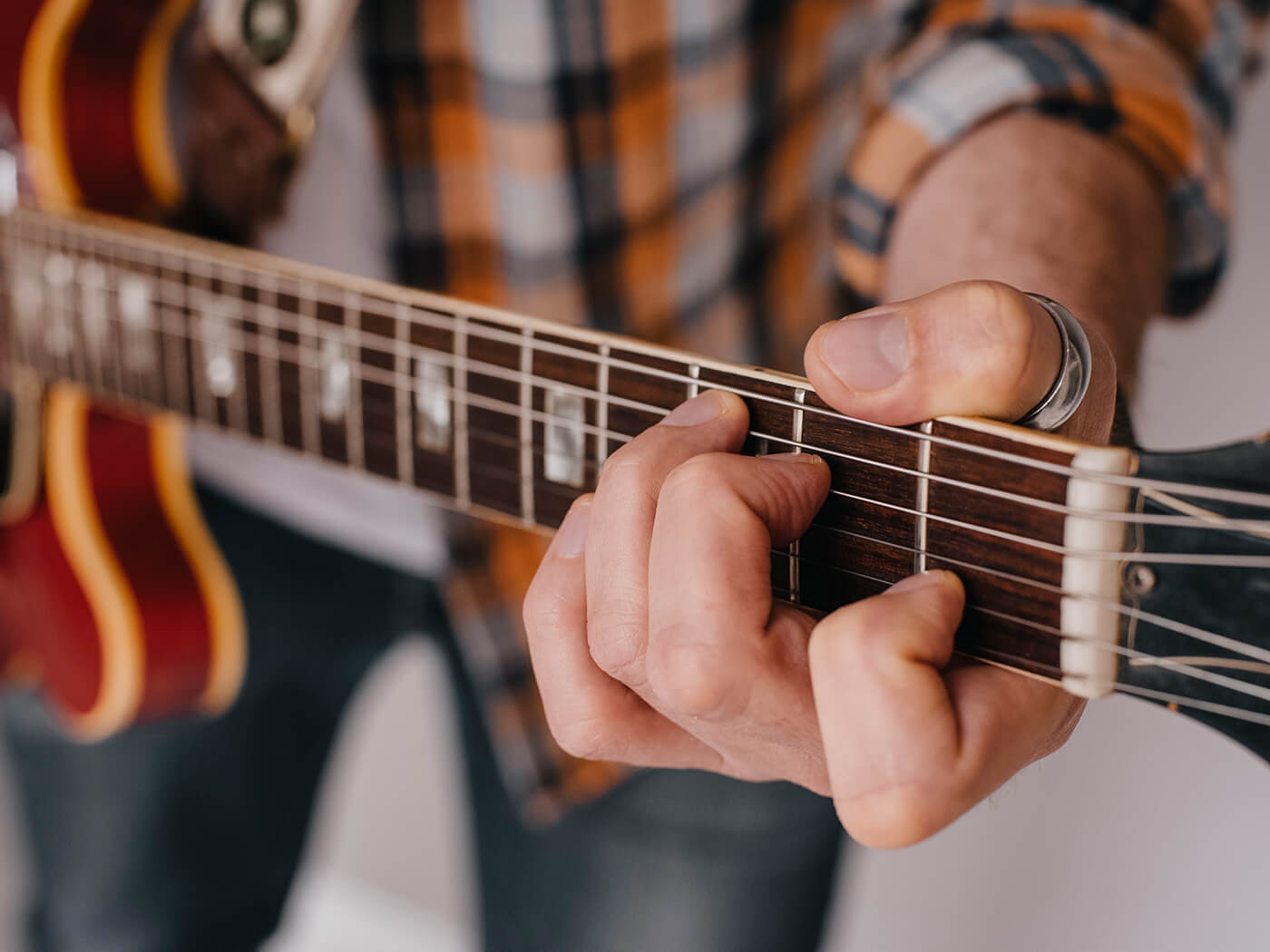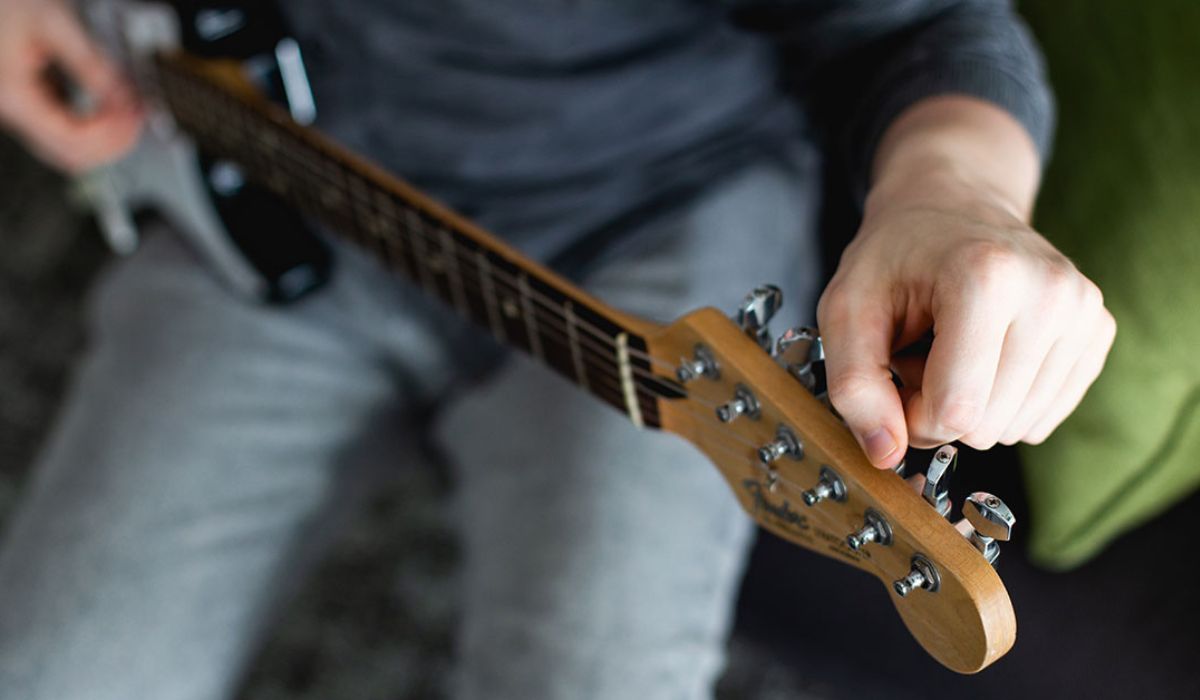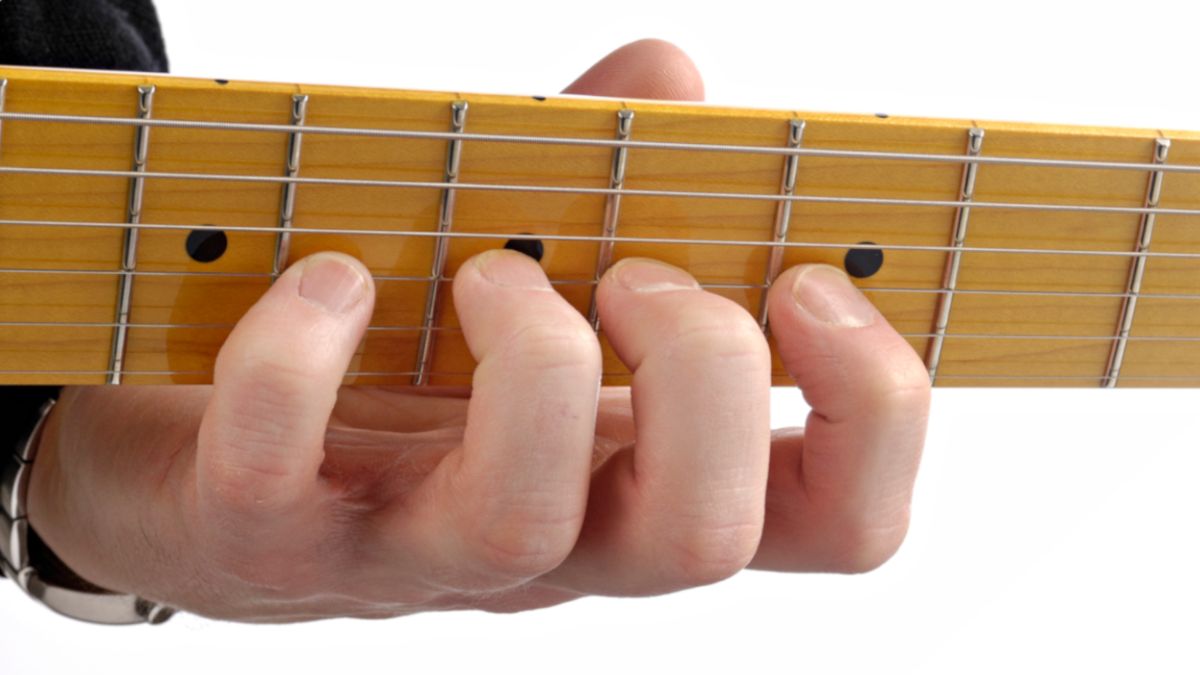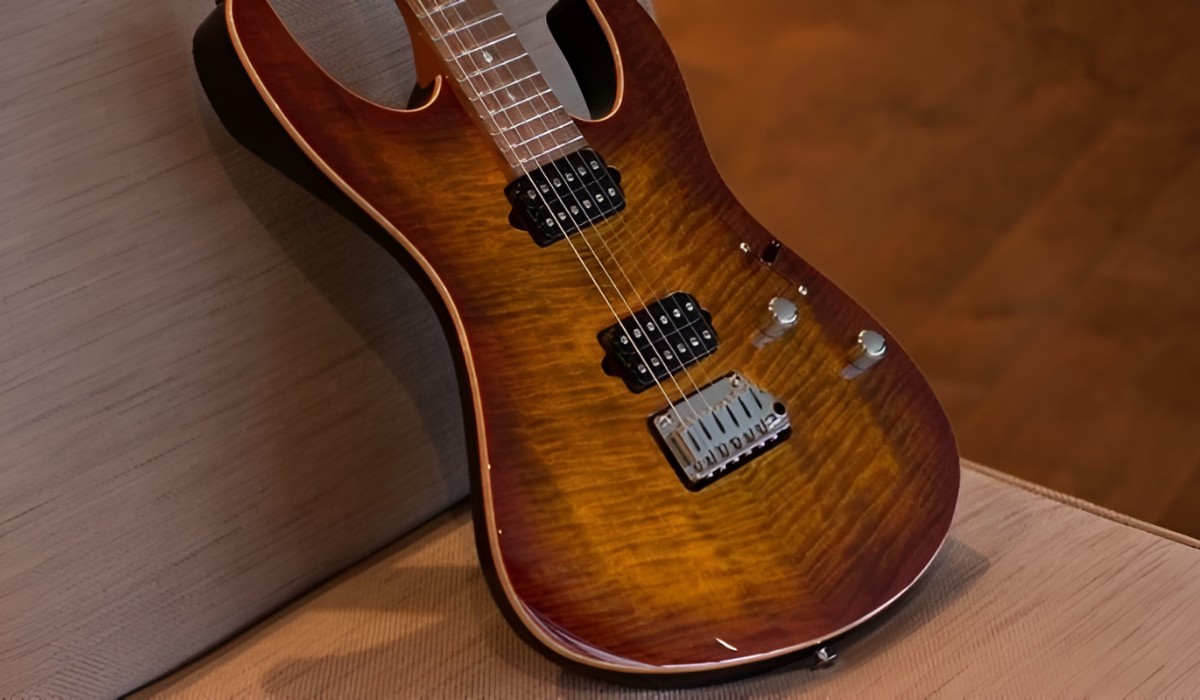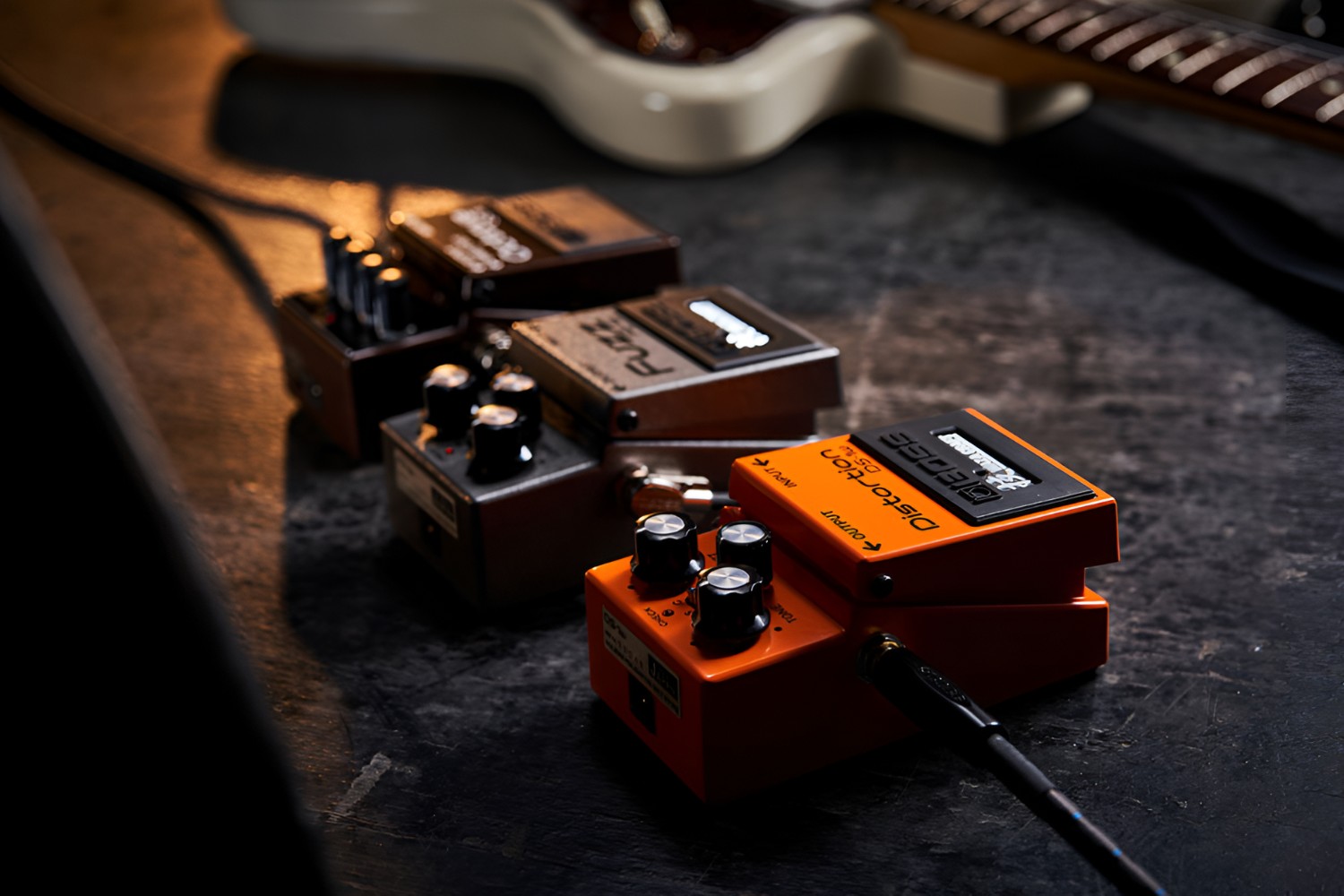Introduction
Introduction
Playing natural harmonics on an electric guitar adds a mesmerizing dimension to your music, creating ethereal tones that captivate listeners. Mastering this technique can elevate your playing to new heights, allowing you to produce beautiful, bell-like sounds that enrich your musical compositions. Natural harmonics are achieved by lightly touching the guitar strings at specific nodal points and then plucking the strings to produce a chiming, bell-like effect. While this technique may seem daunting at first, with practice and patience, you can unlock the full potential of natural harmonics and incorporate them into your playing repertoire.
Understanding the intricacies of natural harmonics and honing your skills in executing them will enable you to infuse your music with a unique, otherworldly quality. This article will guide you through the fundamentals of natural harmonics on an electric guitar, providing insights into finding the harmonic nodes, refining your plucking technique, and identifying common harmonic locations on the fretboard. By delving into these essential aspects, you will gain the knowledge and proficiency needed to seamlessly integrate natural harmonics into your musical expression, enriching your sonic palette and captivating your audience. So, grab your electric guitar, and let's embark on a harmonious journey into the enchanting realm of natural harmonics.
What Are Natural Harmonics?
What Are Natural Harmonics?
Natural harmonics are produced by gently placing a fretting hand finger over a specific nodal point on the guitar string and plucking the string with the picking hand. Unlike fretted notes, which are produced by pressing the string against a fret, natural harmonics are created by lightly touching the string directly above the fretwire. This technique divides the string into fractions, resulting in bell-like tones that resonate with a haunting, ethereal quality. The resulting sound is characterized by its purity and unique timbre, adding a captivating layer of depth to your music.
When executing natural harmonics, it’s essential to understand the concept of nodal points. These are specific locations along the length of the string where the string vibrates in distinct segments, producing harmonics at precise pitches. The primary nodal points for natural harmonics are found at the 12th, 7th, and 5th frets, each yielding different harmonic pitches. By delicately touching the string at these nodal points and plucking it with precision, you can unlock a rich tapestry of harmonic tones that embellish your musical compositions.
Furthermore, natural harmonics are integral to creating a soundscape that transcends conventional fretted notes, offering a sonic palette that evokes a sense of wonder and enchantment. As you delve into the realm of natural harmonics, you will discover the boundless creative possibilities they present, allowing you to infuse your music with an evocative, mystical allure. Mastering the art of natural harmonics empowers you to harness the guitar’s inherent harmonic richness, elevating your playing to new artistic heights.
Finding the Harmonic Nodes
Finding the Harmonic Nodes
Locating the harmonic nodes is fundamental to mastering natural harmonics on the electric guitar. These nodes are specific points along the length of the string where the string divides into precise fractions, resulting in the production of harmonic tones when plucked. The most common harmonic nodes for natural harmonics are found at the 12th, 7th, and 5th frets, each yielding distinct pitches.
At the 12th fret, the string divides into two equal halves, producing a harmonic one octave higher than the unfretted note. When executing natural harmonics at this position, lightly rest your fretting hand finger directly above the 12th fretwire, ensuring minimal pressure is applied. Pluck the string with your picking hand while maintaining a delicate touch with your fretting hand to produce the harmonic tone.
Similarly, the 7th and 5th frets yield harmonic nodes that create tones at the perfect fifth and octave above the unfretted note, respectively. By understanding the precise locations of these harmonic nodes and practicing the art of lightly touching the string at these points, you can unlock a diverse range of harmonic pitches, enriching your musical expression with captivating, bell-like tones.
While the 12th, 7th, and 5th frets are the primary locations for natural harmonics, it’s worth exploring other positions along the fretboard to discover additional harmonic nodes. Experimenting with different frets and strings will expand your understanding of the guitar’s harmonic properties, allowing you to incorporate an array of harmonic tones into your playing.
Mastering the skill of finding the harmonic nodes is a pivotal step in your journey to harnessing the enchanting allure of natural harmonics. By honing your ability to pinpoint these nodal points and produce resonant harmonic tones, you will unlock a world of creative possibilities, infusing your music with an ethereal, transcendent quality that captivates and enthralls your audience.
Plucking Technique
Plucking Technique
The plucking technique is crucial in producing clear and resonant natural harmonics on the electric guitar. When executing natural harmonics, it’s essential to adopt a precise and controlled approach to plucking the string, ensuring that the harmonic tones ring out with clarity and purity.
To achieve optimal results, use your picking hand to pluck the string with a swift and decisive motion. Aim to strike the string directly above the fretwire where your fretting hand finger is positioned, allowing the string to vibrate freely and produce the harmonic tone. It’s important to maintain a light touch with your fretting hand while plucking the string, as excessive pressure can dampen the harmonic resonance.
Additionally, experimenting with the placement of your picking hand can influence the tonal characteristics of the natural harmonics. Plucking closer to the bridge can yield brighter, more articulated harmonic tones, while plucking closer to the neck can produce warmer, rounder tones. By exploring these variations in plucking position, you can tailor the sonic qualities of the natural harmonics to suit your artistic vision and musical style.
Furthermore, maintaining a consistent plucking technique across different strings is essential for achieving uniformity in the harmonic tones produced. Practice plucking the strings at various frets to familiarize yourself with the nuances of each string’s harmonic response, allowing you to refine your technique and produce harmonics with precision and finesse.
Developing a nuanced and controlled plucking technique is integral to mastering natural harmonics, enabling you to evoke captivating, bell-like tones that resonate with clarity and expressiveness. By dedicating time to refining your plucking technique, you will enrich your musical repertoire with the enchanting allure of natural harmonics, elevating your playing to a new realm of sonic artistry.
Common Natural Harmonic Locations
Common Natural Harmonic Locations
While the 12th, 7th, and 5th frets are primary locations for natural harmonics, there are numerous other harmonic nodes scattered across the fretboard, offering a diverse range of harmonic pitches to explore. Understanding these common natural harmonic locations is essential for expanding your harmonic vocabulary and infusing your music with a rich tapestry of ethereal tones.
On the 12th fret, as previously mentioned, the string divides into two equal halves, producing a harmonic one octave higher than the unfretted note. This position serves as a cornerstone for natural harmonics, offering a resonant and clear harmonic tone that adds depth and dimension to your musical compositions.
At the 7th fret, the string divides into thirds, creating a harmonic tone that is a perfect fifth above the unfretted note. This harmonic location provides a compelling contrast to the 12th fret harmonic, offering a distinct and evocative pitch that enriches your sonic palette with its enchanting timbre.
The 5th fret yields a harmonic one octave and a perfect fifth above the unfretted note, imbuing your music with a captivating blend of harmonic overtones that resonate with haunting beauty. Exploring the harmonic nodes at the 5th fret unveils a wealth of harmonic possibilities, allowing you to craft compositions that shimmer with ethereal allure.
Additionally, natural harmonics can be found at various positions along the fretboard, including the 9th, 7th, and 4th frets, among others. Each of these locations offers unique harmonic pitches, inviting you to embark on a sonic journey of discovery and creativity. By familiarizing yourself with these common natural harmonic locations, you can expand your artistic horizons and weave a mesmerizing tapestry of harmonic tones into your musical tapestry.
Exploring the harmonic nodes scattered across the fretboard empowers you to unlock the full potential of natural harmonics, enriching your musical expression with a captivating array of bell-like tones. By embracing these common natural harmonic locations and integrating them into your playing, you will imbue your music with a transcendent quality that resonates with listeners, evoking a sense of wonder and enchantment.
Tips for Mastering Natural Harmonics
Tips for Mastering Natural Harmonics
Mastering natural harmonics on the electric guitar requires dedication, patience, and a keen understanding of the intricacies involved in producing resonant harmonic tones. To elevate your proficiency in this enchanting technique, consider the following tips that will guide you towards harnessing the full potential of natural harmonics.
- Refine Your Touch: Achieving clear and resonant natural harmonics hinges on the delicate touch of your fretting hand. Practice lightly placing your finger directly above the fretwire, ensuring minimal pressure is exerted to allow the string to ring out freely and produce harmonic tones with purity and clarity.
- Focus on Precision: Adopt a precise plucking technique, directing your picking hand to strike the string directly above the fretwire where your fretting hand finger is positioned. Consistent and controlled plucking is essential for producing harmonic tones that resonate with expressiveness and depth.
- Explore Harmonic Nodes: Venture beyond the primary harmonic nodes at the 12th, 7th, and 5th frets to discover additional natural harmonic locations across the fretboard. Embracing these diverse nodes will expand your harmonic vocabulary and infuse your music with a captivating range of ethereal tones.
- Experiment with Plucking Position: Explore the tonal variations that result from plucking the strings closer to the bridge or neck. By experimenting with different plucking positions, you can tailor the sonic qualities of the natural harmonics to suit your artistic vision and musical style.
- Cultivate Patience: Mastery of natural harmonics is a journey that requires patience and perseverance. Dedicate time to practicing and refining your technique, embracing the learning process as you unlock the enchanting allure of harmonic tones on the electric guitar.
- Integrate Harmonics Creatively: Once you have honed your skills in producing natural harmonics, explore creative ways to integrate them into your musical compositions. Whether as embellishments, melodic accents, or atmospheric textures, natural harmonics offer a wealth of artistic possibilities to enrich your playing.
By embracing these tips and incorporating them into your practice regimen, you will embark on a transformative journey towards mastering natural harmonics on the electric guitar. As you refine your touch, precision, and creative exploration of harmonic nodes, you will unlock a world of sonic artistry, infusing your music with the enchanting allure of natural harmonics.







